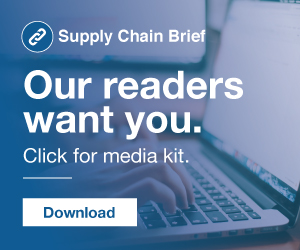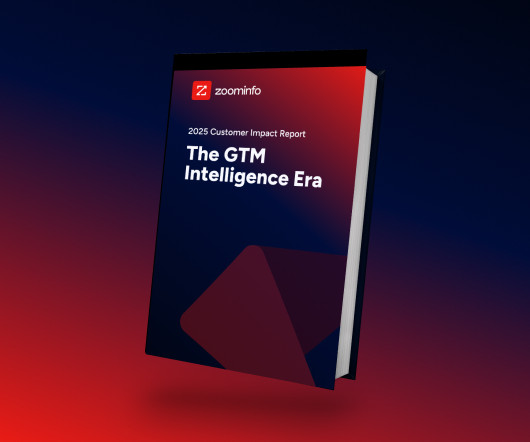Top 3 Priorities for Manufacturing Companies in 2018
GlobalTranz
DECEMBER 1, 2017
Companies are hoping to continue their revenue growth in 2018 by setting priorities for manufacturing in 3 key areas. KLR has released the results of its annual manufacturing industry outlook report , and the optimism following last year’s elections will continue straight through 2017. With promises of tax reform, decreased federal regulations and looser trade agreements, manufacturers have slowly seen revenue growth throughout the U.S. markets.









































Let's personalize your content